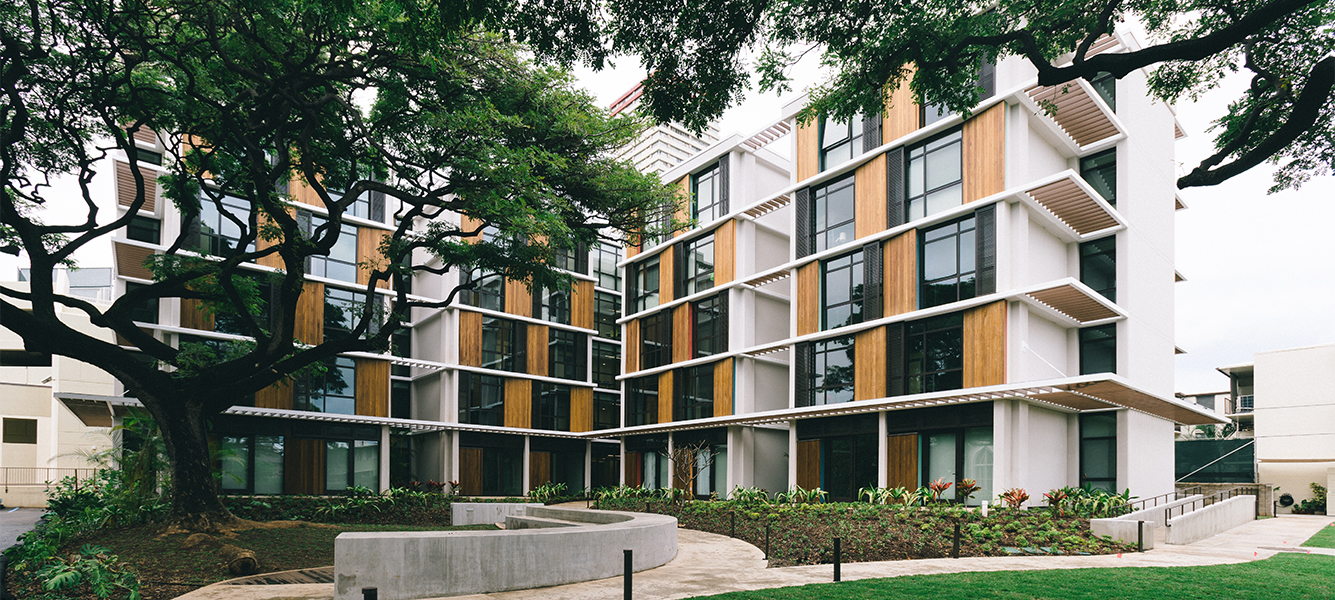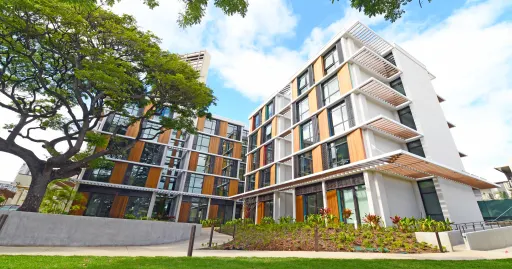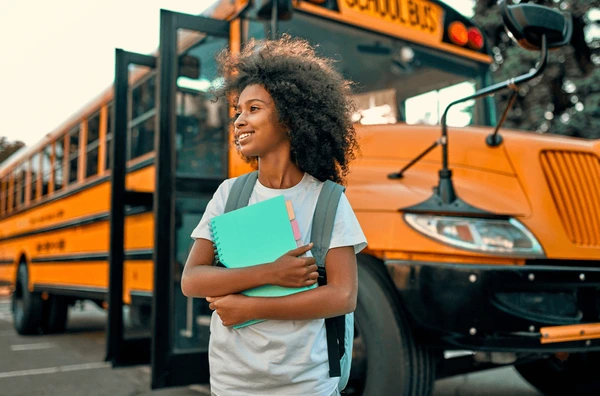In the traditional concept of education, classrooms are where students learn, interact, and engage. However, the modern educational experience is evolving, and school in residence is a growing trend that’s reshaping how we think about student housing and learning environments. More than just a place to sleep, student housing is increasingly being designed as a dynamic learning environment that fosters collaboration, creativity, and academic achievement outside the classroom.
As someone who believes in the importance of a holistic approach to learning, I’ve seen how transformative the concept of school in residence can be. By blending comfortable living spaces with academic support systems and innovative technologies, schools are enhancing students’ overall educational experience and creating environments where learning never stops—even after hours. In this post, we’ll explore what school in residence means, how it enhances the learning experience, and the key strategies to create engaging learning environments within student housing.
What is School in Residence?

School in residence refers to an integrated approach to student housing that focuses on creating dynamic learning environments within residence halls and dormitories. It goes beyond simply providing a place for students to sleep and eat. Instead, it transforms the entire living experience by incorporating academic resources, collaborative spaces, and opportunities for social and emotional development.
This model encourages students to view their residence as an extension of their academic journey, with resources and opportunities that support both formal education and personal growth. It also reflects a shift towards student-centered learning, where education happens in diverse spaces, fostering a sense of community and active engagement.
Why School in Residence is Important
The idea behind school in residence is rooted in the understanding that learning doesn’t only happen in the classroom. College students spend a significant amount of time in their residence halls, and integrating learning spaces into these areas can foster a more well-rounded educational experience.
Here are a few reasons why school in residence is so important:
1. Enhancing Academic Achievement
Students living in an environment that encourages academic engagement outside of the classroom are more likely to perform better. Access to quiet study spaces, collaborative rooms for group work, and resources like tutoring or academic advising can make a big difference in a student’s academic success. When students feel that their residence supports their studies, they are more motivated and committed to their academic goals.
2. Fostering Social and Emotional Growth
Living in student housing doesn’t just involve academics knowledge—it also plays a major role in social and emotional development. By creating spaces that promote interaction and collaboration, schools can help students build relationships, improve communication skills, and navigate the challenges of college life. This holistic approach contributes to a student’s overall well-being, which is directly tied to their success both in and out of the classroom.
3. Building a Stronger Community
By making the residence halls an integral part of the educational experience, school in residence fosters a sense of community. Students living and learning together create bonds that can last a lifetime. Through structured events, shared study spaces, and opportunities for collaboration, the residence becomes a vibrant community where students feel connected to each other and to the school.
Key Features of School in Residence: Creating Engaging Learning Environments
To effectively integrate learning into student housing, there are several key features and strategies that can be employed. These elements are designed to foster engagement, creativity, and academic growth within the residence halls.
1. Collaborative Learning Spaces
One of the cornerstones of school in residence is the collaborative learning space. These spaces are designed to encourage group work, brainstorming, and peer-to-peer learning. They can include:
-
Group study rooms equipped with whiteboards, projectors, and flexible seating.
-
Common areas with comfortable seating arrangements, allowing students to socialize while also discussing coursework.
-
Interactive technology in lounges or common areas, where students can engage in collaborative learning and project work.
By providing spaces that encourage group learning, schools can create an environment where students feel supported both academically and socially. These spaces are essential for helping students build skills such as teamwork, problem-solving, and effective communication.
2. Academic Support Services in Residence
Instead of students having to travel to different parts of the campus to access academic resources, school in residence brings those services closer to where they live. These can include:
-
Tutoring centers located in the residence halls or nearby academic support areas, where students can get help with assignments and subjects they find challenging.
-
Workshops on study skills, time management, and exam preparation.
-
Academic advising and career counseling available within the housing complex or nearby buildings.
These services make it easier for students to get the help they need without disrupting their daily routine, creating an environment that promotes continuous learning and academic growth.
3. Technological Integration
In today’s digital age, technology plays a significant role in learning, and integrating tech within student housing can elevate the experience. For school in residence to be truly effective, it must leverage the power of technology. This can include:
-
Smart dorm rooms equipped with devices like smart thermostats, voice assistants, and high-speed internet to improve students’ daily lives.
-
Access to online courses or academic tools that students can use after hours to continue their learning at their own pace.
-
Virtual study sessions or webinars hosted by the school, where students can participate remotely from their residence halls.
4. Wellness and Mental Health Support
Student wellness, both physical and mental, is a crucial aspect of creating an engaging learning environment in student housing. Healthy students are more likely to perform better academically, which is why it’s important to integrate wellness support into the inca residence life experience. Key features include:
-
On-site counseling services for mental health support, offering students access to therapy and emotional well-being resources.
-
Fitness centers or spaces where students can engage in physical activities to reduce stress and stay healthy.
-
Mindfulness rooms or quiet spaces where students can relax, meditate, or engage in activities that improve mental health.
Providing these wellness resources within student housing makes it easier for students to take care of themselves, which in turn helps them stay focused on their academic goals.
5. Cultural and Community Events
To foster a sense of belonging and community, school in residence should offer opportunities for students to engage in cultural, social, and community-building events. These events could include:
-
Study groups that promote academic collaboration.
-
Cultural events like international food nights, talent shows, or film screenings that allow students to share their diverse backgrounds.
-
Workshops on various topics, such as leadership, sustainability, or creativity.
By creating spaces for students to engage in activities that are both academic and social, schools can enhance the overall student experience and promote a sense of belonging.
Conclusion: School in Residence as the Future of Campus Life
As schools continue to innovate and adapt to the changing needs of students, school in residence is becoming an integral part of the educational experience. The idea of creating engaging learning environments within student housing helps students thrive academically, socially, and emotionally. It fosters community, promotes wellness, and ensures that education extends beyond the classroom.
By incorporating collaborative spaces, academic support, technology, and wellness resources, schools are setting up students for success in all aspects of their lives. As more institutions embrace this model, the traditional boundaries between academic spaces and student living will continue to blur, creating a seamless environment where learning never stops.
For students, this means a more enriching college experience where they can grow, learn, and thrive—both inside and outside the classroom. For educational institutions, school in residence is the future of campus life, and it’s here to stay.
Read Also About: Physical Fitness in Schools
In today’s digital age, where students are often glued to screens, encouraging physical fitness in schools is more important than ever. Not only does regular physical activity help improve students’ health, but it also boosts their concentration, mood, and overall academic performance. Schools that prioritize fitness create an environment that supports both physical and mental well-being. This article explores effective ways to integrate physical fitness into the school day and inspire students to lead active, healthy lives.


